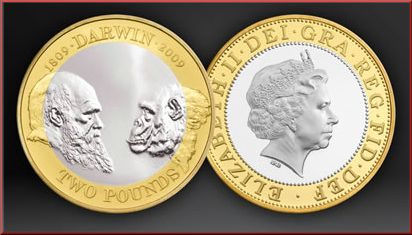Yesterday, the BBC weather people promised some “heavy snow” which had never materialised. But what exactly is “heavy snow”? I think the snow made of heavy water should be heavy. In that case, it is either a water enriched with dideuterium oxide (D2O) or heavy-oxygen water, H218O. Now, D2O has melting point 3.82 °C (0 °C “normal” water) and temperature of maximum density 11 °C (4 °C “normal” water). I got these data from our office copy of CRC Handbook of Chemistry and Physics (83rd Edition), p. 6-4. Unfortunately there are not that much data on physical proterties of D2O ice in this book, let alone snow. In fact, it does not contain the word “snow” in its index at all. It has SMOW though, literally on the next page. The table on p. 6-5
gives the density ρ of standard mean ocean water (SMOW), free from dissolved salts and gases, at a pressure of 101325 Pa.
(I wonder how much SMOW differs from any other water after all these purifications.) As for H218O, Handbook has nothing. Search in Gmelin database gives range of temperatures: from –0.01 to +0.3 °C. Hmm. Let’s just think that heavy water is D2O and heavy snow is D2O snow. According to this 3-year old thread (which has started with somebody asking this very important question: “Would it feel different to ski in snow made with heavy water?”), it may be pricey but at least it won’t melt at +3 °C. In the meantime, this BBC report tells us that
Some councils in England say they are running out of road salt.
I need to do some research on road salt next.
















